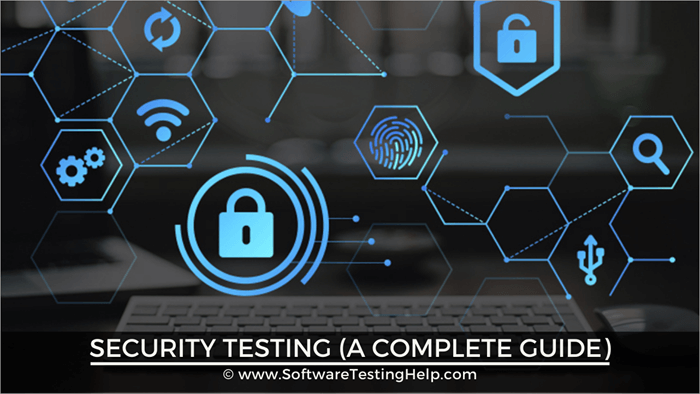The frequency and complexity of such attacks are constantly rising, making them capable of crippling entire networks and bringing down websites. To defend against such attacks, organizations need to thoroughly test the resilience of their networks and security infrastructure. It is where IP stresser tools come into the picture.
What are ip stresser tools?
how does a IP Booter work? IP stressers, also known as DDoS simulation tools, are used by cybersecurity professionals to mimick distributed denial of service (DDoS) attacks against their networks. They work by flooding a target with overwhelming traffic to analyze how well it withstands different attack vectors before failure. Stresser services allow security teams to launch various types of layer 3, layer 4, and layer 7 DDoS attack patterns in a controlled manner against an organization’s applications, network devices, and servers. By examining the impact, weak spots in DDoS mitigation strategies are uncovered.
- Volumetric floods – ICMP, UDP, NTP
- Protocol attacks – SYN flood, Smurf attack
- Application attacks – HTTP flood, SSL renegotiation
- Low and slow attacks – Brute force, password cracking
Unlike malicious actors, white hat stresser services operate legally with full consent, in a restricted environment, and for a limited duration. The purpose is to strengthen defenses proactively.
IP stress testing is essential
Here are some key reasons why subjecting networks to IP stresser rigors is critical:
- Validate bandwidth capacity – Stress testing reveals if network infrastructure withstands high volumes of junk traffic without slowing down legitimate requests.
- Assess load thresholds – It helps establish load-bearing limits across website servers, application delivery controllers, firewalls, and other hardware.
- Detect performance blind spots – Many performance issues only surface under simulated attack loads revealing blind spots.
- Evaluate defenses – Measures efficacy of existing DDoS solutions like scrubbing services, web application firewall rules, bandwidth management, etc.
- Warranty proofs – Testing provides assurances and warranty guarantees for purchased DDoS mitigation services or solutions.
- Meet compliance mandates – Demonstrable stress tests help satisfy cybersecurity regulatory requirements.
- Fix weaknesses – Uncover specific network weaknesses and vulnerabilities that need patching before actual attacks.
- Cost optimization – Helps determine ideal server capacity and bandwidth needs without over-provisioning resources.
- Improves readiness – Tests prepare security teams through practice runs to swiftly detect and respond to real attacks.
- Supplement capacity – On-demand stresser services provide additional bandwidth to absorb traffic spikes when under attack.
- Enhances resilience – Hardening systems through rigorous stress exposure reduces the risk of failures when faced with live attacks.
- New attack development – Testing new attack methods helps develop effective countermeasures proactively.
Conducting legal and ethical tests
When conducting IP stress tests, it is critical to follow these best practices:
- Obtain written permission from senior management before commencing.
- Give prior notification to all relevant internal teams like network admins.
- Inform your ISP, hosting provider, and carriers about testing timeframes.
- Only target your own organization’s sites and IP ranges.
- Ensure tests are conducted by personnel certified in ethical hacking.
- Start with small loads and slowly scale up attack strength.
- Monitor network performance metrics throughout the exercise.
- Define clear test objectives, scopes, and success criteria upfront.
- Carry out tests outside peak business hours to minimize disruption.




Comments are closed.